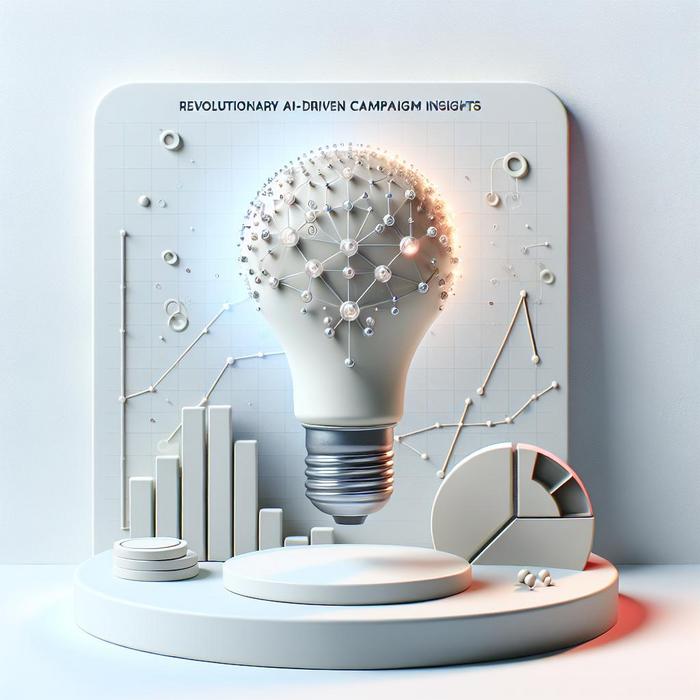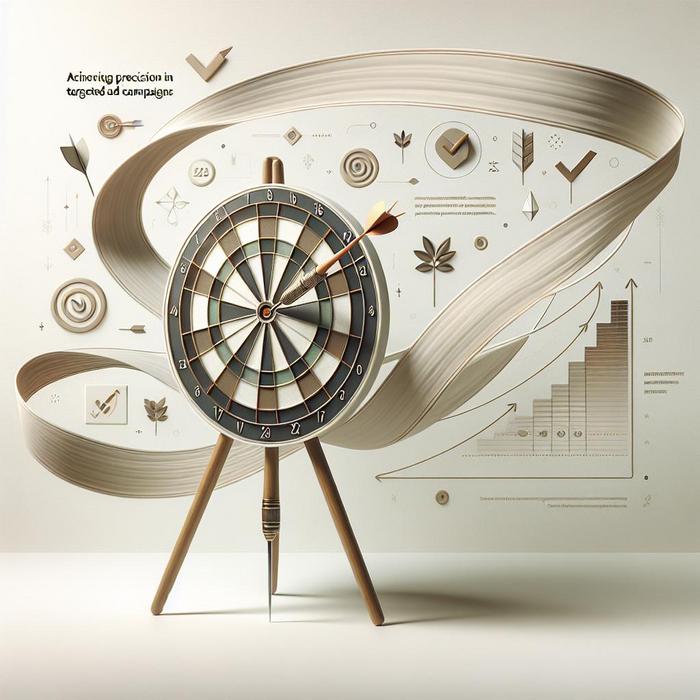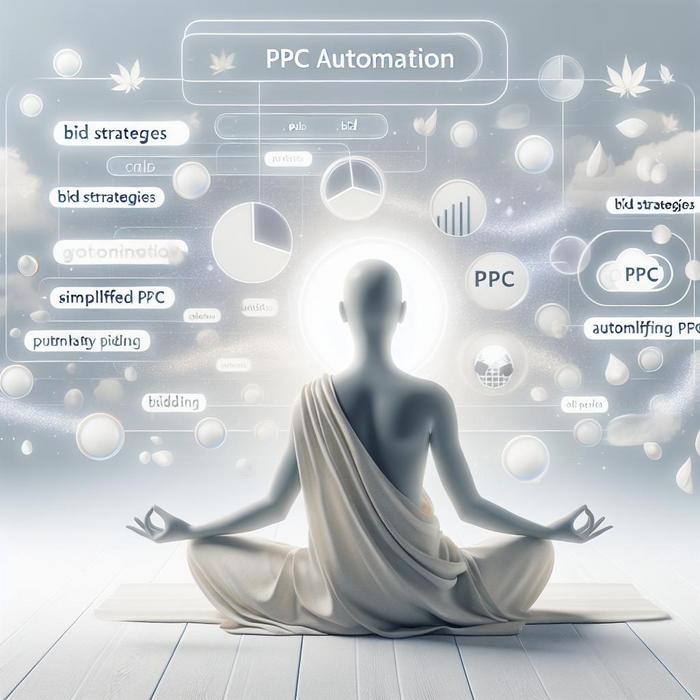Targeted Advertising: A Comparison Between Google and TikTok
The importance of precisely reaching your audience cannot be overstated. In response to this, giant digital platforms, like Google and TikTok, are innovating in strategic methods to maximize their capacity to generate meaningful conversions.
The Power of Google’s High Precision Model
Google, being a pioneer, has always been recognized for its strategic algorithms that work diligently to achieve maximized conversion value. Its advanced models provide businesses with the ability to tailor their campaigns according to their specific needs and objectives. This is a vital tool for decision-makers in large companies who are constantly seeking actionable insights, innovative strategies, and measurable results.
Advanced algorithmic techniques give Google the upper hand in panning out an efficient strategy to ensure every dollar spent brings back higher returns.
You can explore more about the benefits of Google’s strategies in our detailed guide to gaining a competitive edge with advanced targeting efficiency.
TikTok’s Dominance in Maximising User Engagement
On the other hand, riding the wave of social media trends, TikTok has emerged as a robust platform, delivering impressive returns. The primary advantage of TikTok is the provision of a highly interactive environment that fosters user engagement, which is essential for any ad to genuinely resonate with its target audience.
The platform’s distinct algorithm personalizes content based on user preferences, thus creating an ecosystem that enables advertisers to reach their audience more effectively and ensure better ad efficiency.
Google vs. TikTok: Which One to Choose?
The answer is not that simple. The choice between Google and TikTok rests on several factors, including your target audience, the type of product or service you offer, and the nature of the message you want to communicate.
If you’re looking to connect with a broader demographic, Google’s diverse user base offers an unmatched platform. However, if your target audience skews younger, TikTok’s trending appeal and highly optimized user engagement could be your preferred vehicle to raise awareness.
Making the Right Choice with Value-Based Optimization
Harnessing the full potential of targeted advertising requires you to understand and capitalize on the value generated by each conversion. This is where the concept of value-based optimization comes into play.
Value-based optimization is not just about driving more conversions; it’s about driving the right conversions that bring maximum value to your business. It’s about making every step of your campaign count and ensuring ad efficiency by aligning your objectives with your campaign’s performance.
You can learn more about the potential of these strategic methods in our article on enhancing brand awareness through optimization tactics.
You’ll realize that achieving the desired results is a combination of understanding your audience, leveraging the strengths of your chosen platform, and constantly refining your approach based on data and insights.
Remember, the key to success lies not just in choosing the right platform, but in understanding how to use it effectively to increase awareness and generate conversions.
Data-Driven Insights for Decision-Making
Regardless of the choice between Google and TikTok, a common thread of fundamental importance for marketers is the ability to glean data-driven insights to inform strategic decisions. High-level executives, with their crucial role in strategic planning, naturally look for quantifiable metrics that can provide precise and meaningful implications of the advertising strategies employed.
Through the lens of data-backed decision-making, both Google and TikTok offer substantial resources. Google’s experience in the field and its robust analytics suite make it a significant contender, providing a treasure trove of insights for marketers. Google’s detailed analytics offer actionable information to aid in refining and mastering advertising campaigns (Check it out at Google’s Analytics Hub).
Meanwhile, TikTok, while newer on the block, is gaining momentum with its ‘Creator Marketplace,’ an analytics engine that empowers advertisers to identify trending content and engage with popular creators. This potent combination allows for the optimization of campaigns to better align with user preferences and engagement patterns. You can read further about this trend at SmartyAds’ comprehensive article on targeting options.
AI-Powered Advertising in the age of TikTok and Google
As essential as strategic insights and data analytics are, even more promising is the deployment of artificial intelligence (AI) to further optimize the targeted advertising. AI-powered advertising systems offer unmatched precision, tailoring campaigns to the minutest details that often elude human analysis.
Google’s AI models take a step beyond simple keyword matching, employing sophisticated techniques to anticipate consumer behavior based on vast amounts of data. This enables the creation of supremely targeted campaigns that can significantly boost conversion rates.
Likewise, TikTok has introduced ‘Smart Ads,’ an AI-driven tool that automatically generates personalized ads by analyzing the user’s interactions with different types of content. The result is a sophisticated, adaptive advertising system that can optimize your campaign’s performance over time, making it an attractive choice for leaders seeking efficient results.
The Powerful Combination of Google and TikTok
The question, however, need not be about choosing one platform over the other. In fact, a powerful ad strategy could leverage both platforms to maximize influence and drive awareness across multiple demographics and interests.
Each platform can complement the other’s strengths. While Google can help you tap into a broader demographic with its enormous user base and impressive data analytics, TikTok can offer you the opportunity to engage with a more niche, younger demographic with more personalized content.
Navigating this integrated approach certainly requires a sophisticated understanding of your audience, campaign objectives, and ongoing metrics for each platform. Importantly, being mindful of the value generated by each conversion and honing your strategy accordingly can make your targeted advertising across platforms more effective.
For a more in-depth understanding of how insights and data can influence strategic decisions in your marketing, refer to our article on Influencing C-Suite Decisions with Strategic Ad Insights.
Comparing Meta (Facebook) – Another Powerhouse in the Digital Advertising Space
While discussing digital advertising platforms, it’s impossible to ignore another major contender, Meta, formerly known as Facebook. This network boasts an unparalleled reach, with billions of active users worldwide.
Like Google and TikTok, Meta employs a sophisticated algorithm to deliver personalized content to its users based on their preferences and behavior. SproutSocial’s guide on Facebook’s marketing strategy offers an insightful look into how businesses can leverage Meta’s ad platform for maximum benefits.
In conclusion, whether you choose to go with Google, TikTok, or Meta would depend on multiple key factors specific to your business and campaign objectives. What’s important is to take advantage of all the strategic insights, tools, and features these platforms offer to execute a successful campaign.











